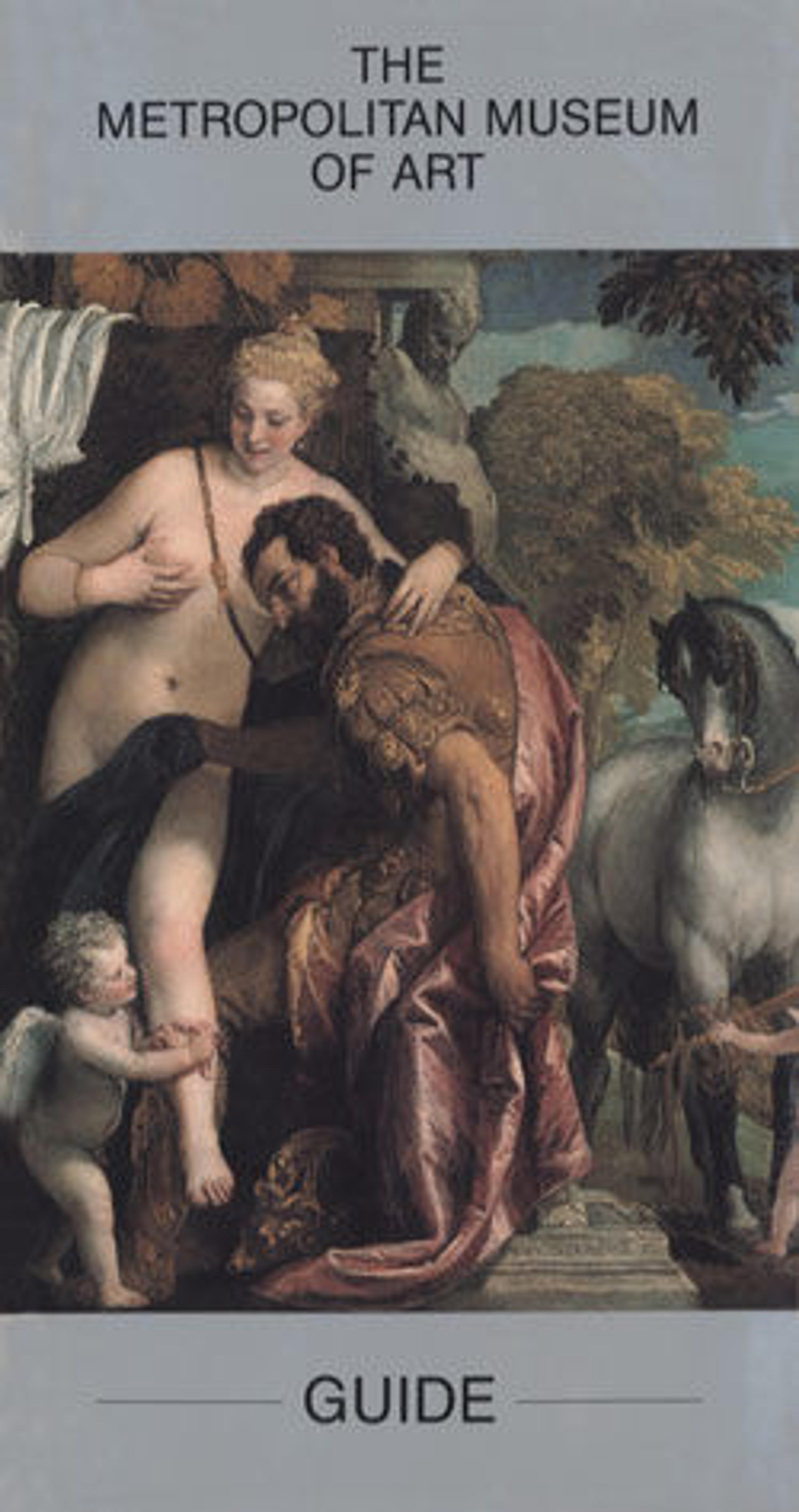The Brandenburg Gate
This beaker painted with a view of the Brandenburg Gate, which closes the famous Unter den Linden allée in Berlin, is an example of the new medium of translucent enamels developed by a porcelain painter, Samuel Daniel Mohn (1762–1815) about 1805. He worked in Dresden, with a workshop of painters he had trained in the technique. Among his followers, who carried the art to Berlin and Vienna, were Gottlob Samuel Mohn, his son; Carl von Scheidt, who signed and dated this beaker and Anton Kothgasser. It was a cool, delicate medium, especially suitable for topographical views on small objects. However, Gottlob Samuel Mohn also executed stained-glass windows in the technique at the Imperial Palace at Laxenburg for Emperor Francis II of Austria.
Artwork Details
- Title: The Brandenburg Gate
- Enameler: Carl von Scheidt (German, 1791–after 1834)
- Date: 1816
- Culture: German, Berlin
- Medium: Glass, enameled and gilt
- Dimensions: Overall: 3 7/8 × 3 5/8 in. (9.8 × 9.2 cm)
- Classification: Glass
- Credit Line: Munsey Fund, 1927
- Object Number: 27.185.116
- Curatorial Department: European Sculpture and Decorative Arts
More Artwork
Research Resources
The Met provides unparalleled resources for research and welcomes an international community of students and scholars. The Met's Open Access API is where creators and researchers can connect to the The Met collection. Open Access data and public domain images are available for unrestricted commercial and noncommercial use without permission or fee.
To request images under copyright and other restrictions, please use this Image Request form.
Feedback
We continue to research and examine historical and cultural context for objects in The Met collection. If you have comments or questions about this object record, please contact us using the form below. The Museum looks forward to receiving your comments.
